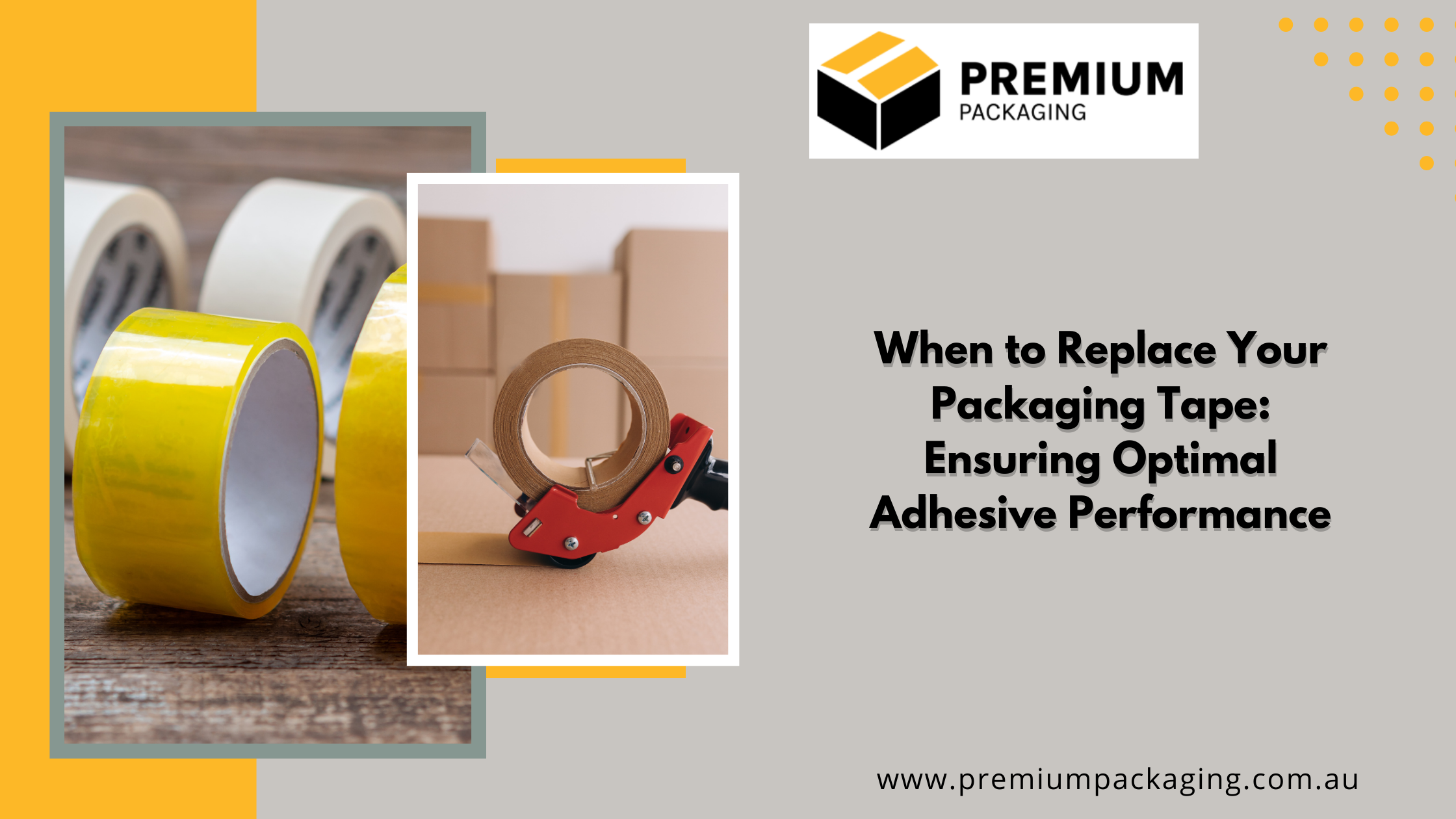When to Replace Your Packaging Tape: Ensuring Optimal Adhesive Performance

Almost everything that is packed, right from confectionery to medicines, the uses of tapes and adhesives for everything from case sealing and multipacking to labelling and resealing tabs is gaining a huge demand. Here, the adhesives play a real vital role in satisfying the demands of consumers, retailers, and packagers. Understanding about the packaging tape wholesale can help in preventing product loss, transportation problems, equipment lags, and customer complaints. And one of the very important part of this entire chain is recognising when to get the packaging tape replacement.
As the market expands, you might be thinking if you need a new tape or adhesive to maintain your line looking great or your label from deteriorating or falling off. You might not be able to tell if your product or tape is still usable and has the product lifespan if it has been sitting in a garage or warehouse for a long time, particularly if it has not been stored properly.
Keeping up the lifespan of packaging tape
There are ways to extend the period that your tape can be used; the following are the six best practices to extend the bulk packaging tape shelf life as suggested by the experts. When you follow them, the chances of ensuring optimal adhesive performance can be achieved –
Keep it at room temperature:
Unless otherwise specified by the manufacturer, storing your tape at a typical room temperature of 18 to 22° will help prevent the adhesive from deteriorating.
Keep it dry:
Although it might seem apparent, it’s important to keep your packing tape dry and out of the way of moisture. The tape may become less adhesive, clump together, or grow mould if it is exposed to water and thus ultimately affect your adhesive performance.
Use it within the suggested shelf life:
Performance should not be greatly hampered by being a few weeks out of date, but it will noticeably decline if you use the tape beyond five years.
Although some tapes have a suggested life of six months, it is generally advised to utilise the tape within a year of getting it. To keep track of what to use and when, it could be helpful to put the date of receipt on the box.
Keep it out of direct sunlight:
Keeping the tape out of direct sunlight is one of the most important things to do, to promote a longer shelf life of your tape. This is because UV Rays can penetrate the tape, and cause damage to its molecular structure. Direct sunlight can also heat up the tape, which accelerates the degradation process. Some tapes, such as window tapes, are UV stabilised, and are designed specifically for being in direct sunlight.
Keep it flat:
To guarantee the finest performance out of your rolls of tape, store them flat. The roll of sticky tape will no longer be round if it has been squashed. Its performance in dispensers will be diminished by this shape alteration.
Think about the tape’s quality:
Cost-cutting components are typically used to make budget tapes, which will result in subpar performance and a shorter shelf life. Choosing a higher-quality tape will typically result in improved performance. The tape’s intended function vs your needs is another crucial factor in determining its quality. For instance, duct tape will adhere to a window and leave a residue if it is applied and left in direct sunshine. It will also be very difficult to remove. You won’t find any residue, though, if you apply tape made for long-term use on a window and remove it after six months.
Difference between and a Manufacturer’s and a Converter’s Expiration Dates
The date that a product is no longer usable or reaches a point at which its qualities begin to deteriorate after assembly is known as the manufacturer’s expiration date. The date that a converter gives the product right after conversion is known as the “expiration date.” One crucial thing to state regarding the application of pressure-sensitive adhesive tape is, that once it’s unwound and effectively adhered to its intended surface, its stability substantially rises and is far less vulnerable to performance concerns.
-
Tags:
- Packaging Tape